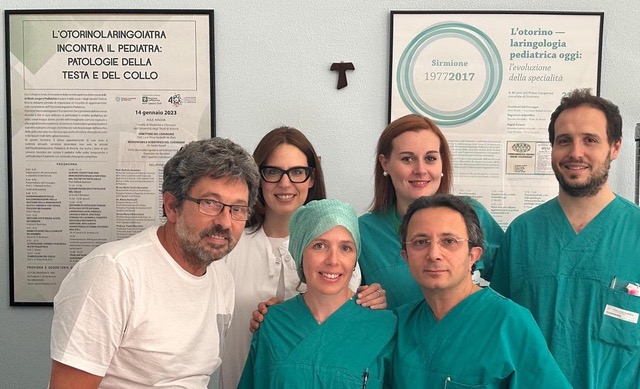Reference person: Luca Oscar Redaelli de Zinis - Department of Medical-Surgical Specialties, Radiological Sciences, and Public Health
Minimally invasive surgery is a particular method of performing surgical procedures through a limited surgical approach with reduced incisions or through natural openings in the body using smaller instruments compared to those used in traditional surgical methods. The goal of minimally invasive surgery is to reduce damage to healthy tissues with equal or superior clinical outcomes and to have a lesser impact on the body and organs of patients. Minimally invasive surgery has developed rapidly in recent decades for both adults and children. Endoscopic procedures, robot-assisted procedures, and image-assisted procedures have been developed for adult patients in thoracoabdominal surgery and specialized surgeries, such as gynecology and urology. Head and neck surgery quickly adopted this strategy in adults, and more recently, head and neck surgical procedures in pediatric patients are evolving as well. The minimally invasive head and neck surgery we deal with in pediatric patients includes endoscopic surgery for inflammatory and neoplastic conditions of the nose, paranasal sinuses, and skull base, with or without navigation systems, endoscopic treatment for lacrimal sac stenosis, endoscopic surgery of the middle ear, endoscopic treatment of salivary gland diseases, and endoscopic assistance in surgery for neck malformations. The purpose of this activity is to replace the application of traditional surgery to minimize surgical sequelae and improve quality of life.


